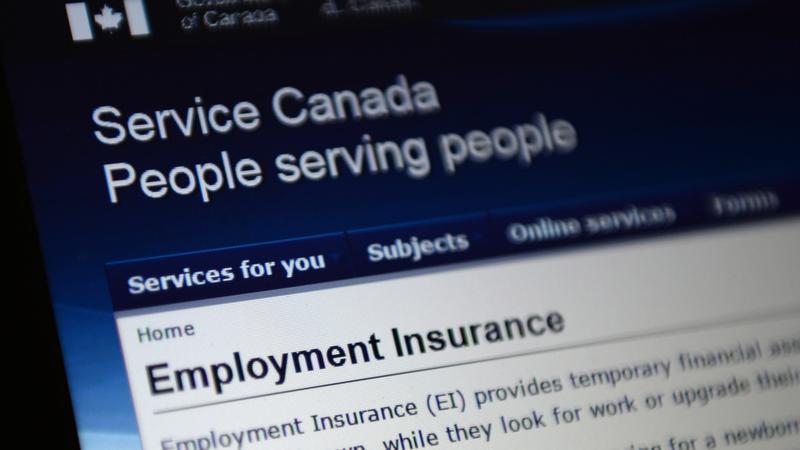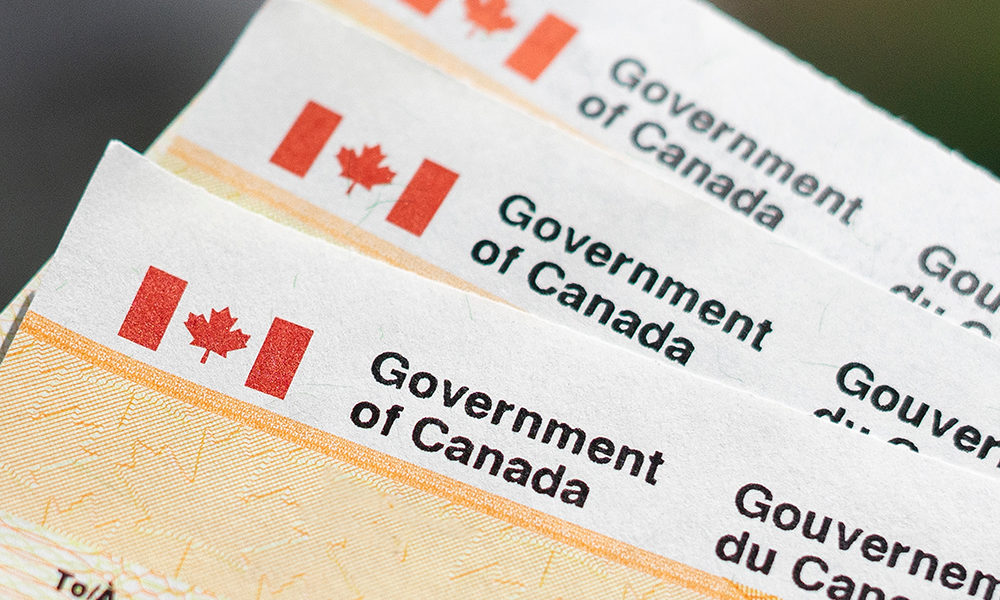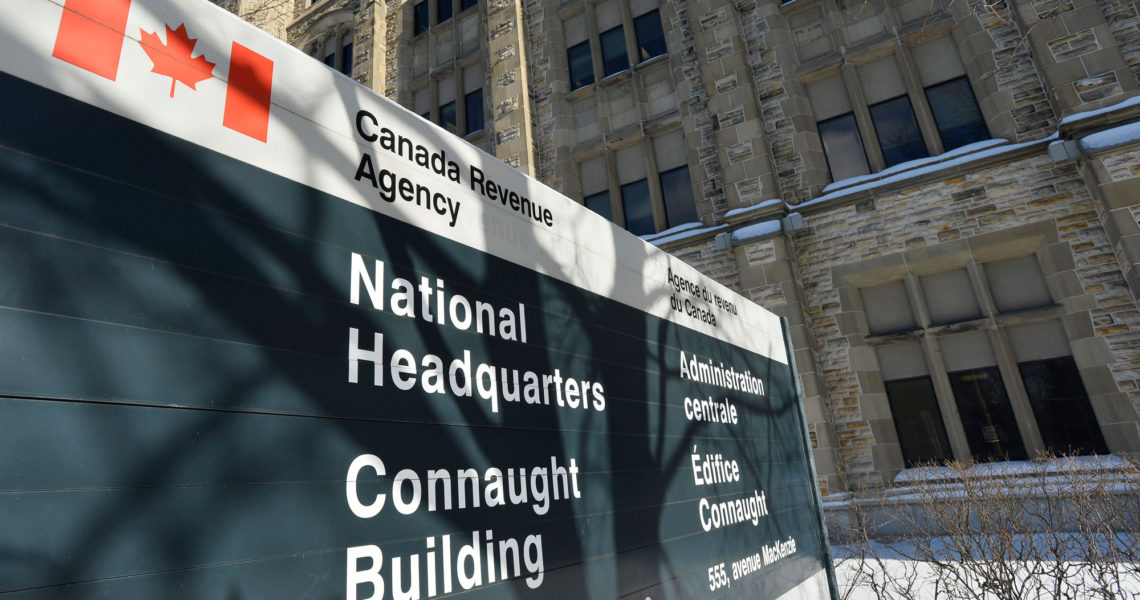Tag: Pandemic
An Employment Insurance system for the 21st century: Lesson 2, The future of work calls for better income insurance
This is the second commentary in a three-part series examining ideas for reforming Canada’s Employment Insurance (EI) program. This commentary discusses the need for the EI program to provide comprehensive insurance against various forms of income loss. The First commentary, on the need for EI to be better designed to insure against big shocks, can be found here.
Provincial Debt Sustainability in Canada: Demographics, Federal Transfers, and COVID-19
Trevor Tombe, Canadian Tax Journal (2020; 68(4)) Download Paper Paper Citation Tombe, Trevor (2020), “Provincial Debt Sustainability in Canada: Demographics, Federal Transfers, and COVID-19”, Canadian […]
Large Corporate Groups that Received CEWS Payments
We identified over 4000 recipients of the Canada Emergency Wage Subsidy that are part of large corporate groups with at least $600 million in assets. This list includes 190 companies owned by Canadian billionaires, including the Thomson, Irving, Rogers, and Péladeau families, and 1829 companies in foreign-controlled multinational enterprises. These and other examples in our data suggest that CEWS funds may not be well targeted.
Overcompensation of Income Losses: A Major Flaw in Canada’s Pandemic Response
The federal government has overcompensated Canadians for their lockdown-related income losses. The amount of money involved is substantial. Although overcompensation does not seem to have been a policy objective at the outset, it has been embraced. This expensive flaw in Canada’s response to the COVID-19 pandemic compromises fairness and limits options for using fiscal policy to strengthen the recovery.
News about CEWS
Federal emergency wage subsidies are poorly targeted, resulting in a fiscal cost of about $14,500 for each person-month of employment saved through the program, or $188,000 per job year. Reductions in subsidy rates which began in September had only small impacts on employment, while reducing the fiscal cost of the program substantially. More recently, the government has backed away from those reforms, freezing subsidy rates and extending the program in 2021. The decision to back away from the September reforms was a mistake and a gradual phaseout of subsidies should start again now.
Fiscal Anchors for Canada’s Post-COVID Economy
As the Trudeau government prepares its fall fiscal update after months of record spending to address the health and economic crisis of the COVID-19 pandemic, recent progress toward a vaccine should sufficiently mitigate uncertainty to enable a fiscal plan that shows Canadians how Ottawa will achieve its policy goals while maintaining fiscal discipline.
The Great Barrington Proposal Won’t Save the Economy
Recently, a proposal to end essentially all pandemic-related restrictions on the activities of young and healthy people has attracted significant attention and criticism. This commentary presents data which shed light on the question of whether (public health effects set entirely aside) implementing this type of proposal could actually meaningfully boost Canada’s economic performance. It shows that because young people earn only a small overall share of total income in the economy, there are unlikely to be substantial benefits for the overall economy from loosening or eliminating the restrictions on younger Canadians.
Marginal tax rates under the Canada Recovery Benefit
This Commentary presents calculations of effective marginal tax rates on earned income for recipients of the Canada Recovery Benefit.
Is Canada’s Federal Debt a Cause for Concern?
Canada’s federal deficit is currently forecasted to be $343 billion in fiscal year 2020-21, or more than 15% of gross domestic product (GDP). Not surprisingly, this deficit and the associated accumulation of debt is attributable to the government’s response to the COVID-19 pandemic. Federal budget deficits are, however, expected to continue well beyond 2020. This commentary discusses how we should think about the federal government’s debt, and what perspective we should take that may be different from how we are used to thinking about other kinds of debt.









The Case for a GST Cut as Fiscal Stimulus
The government should temporarily reduce the GST rate to two per cent from five per cent to support the economy until the recovery is well underway. My research shows that sales tax cuts have been passed onto consumers in the past, and they do lead to a surge in consumer demand.